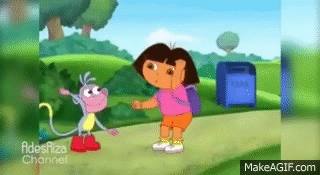I did it! I finally updated my website from my state-of-the-art-in-2007 website to this new, shiny version. All of the same content from my old website should be on this one, including this here blog and my CV as well as additional content including descriptions of my projects, class webpages, and a page with tools that I use. In addition, I have made the interactive website of neighborhood trajectories from my paper with Siri Warkentien part of the main website as well (and hope to be adding new interactive content in the future). 
The redesign has been a work in progress for several years now, though that time was spent in fits and starts as work and family obligations came up. I also tried to learn new tools along the way since the last time--in 2009!--I seriously worked on the site. The most important was designing with Bootstrap that improved the layout and allowed it to use responsive web design that Google prefers (try it out: go to the site on your phone and/or shrink the size of the browser!). Whether you are building a static site or a dynamic one, you should definitely take a look at Bootstrap.
I wanted my own custom CSS built on top of the Bootstrap foundation. I learned to use SASS, (Syntactically Awesome Style Sheets, and what Bootstrap now uses) that was a huge help to customize the theme of each section of my website. I implemented it through Grunt, a JavaScript "task runner" that implements repetitive tasks like compiling SASS into CSS. I used a static site generator, Cactus, to generate the HTML and SASS/CSS that I wanted for each section template before moving over to developing in Django.
And, speaking of Django, I updated all of the code to Django 1.11, which was just released and will include long-term support so that I don't have to update everything again in a year or two. I found a great blog application, Zinnia, to run this here blog. It took a little while to figure out how to customize the look in the templates; but, once I figured out the logic of the templates (start with skeleton.html, then base.html and then follow the logic of entry archives), it came together relatively easily. I added logos to each of the main categories and entirely customized the blog landing page. I developed the other apps myself after I failed to find adequate existing applications to, especially, dynamically create CV content. If using a Django-based CV application interests anyone, please let me know. I hope to publish the code at some point, but doing so has fallen pretty low on my list of priorities having gotten the website to actually work and being up for tenure this year (no biggie...).
If you have any ideas about the site or find areas that need fixing, be sure to let me know in the comments below, on Twitter, or e-mail me.

Comments
Comments are closed.